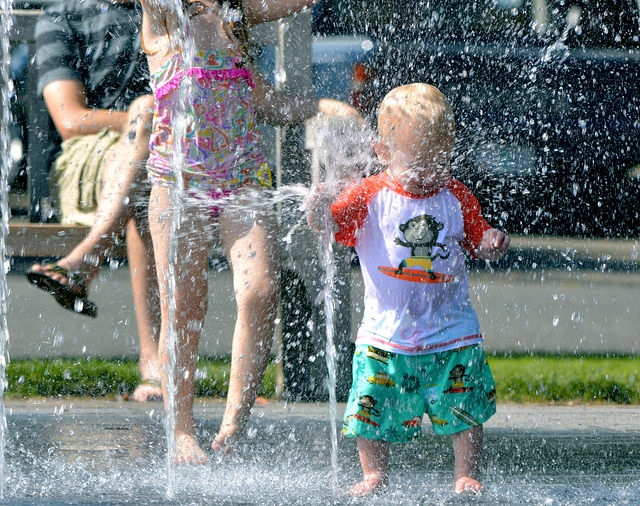This week’s Camp Au Pair theme is Backyard Safari.
Crafts, recipes, activities, and games can all be found here on the Camp Au Pair – Backyard Safari pinboard.
Field Trips can be a great way for kids to learn and have new experiences. While we don’t have any animal safari parks near us, we are fortunate to live near two of the top zoos in the United States.
- Smithsonian National Zoo in DC
- Maryland Zoo in Baltimore
Webcams – You can do a google search for websites with webcams that allow you to observe nature.
- Explore.org has lots of nature webcams including African Safari
- San Diego Zoo Webcams
- Houston Zoo Webcams
Videos – Look for fun videos about African animals on YouTube.
Books – Stop by your local library and look for books on animals you might find on a safari or in the zoo. You can also check YouTube for some books on this subject being read aloud.
Image: Jumble Tree






 Places like the DMV and Social Security office can be challenging for Americans, so I can understand how difficult it could be for an au pair to run into problems there.
Places like the DMV and Social Security office can be challenging for Americans, so I can understand how difficult it could be for an au pair to run into problems there.